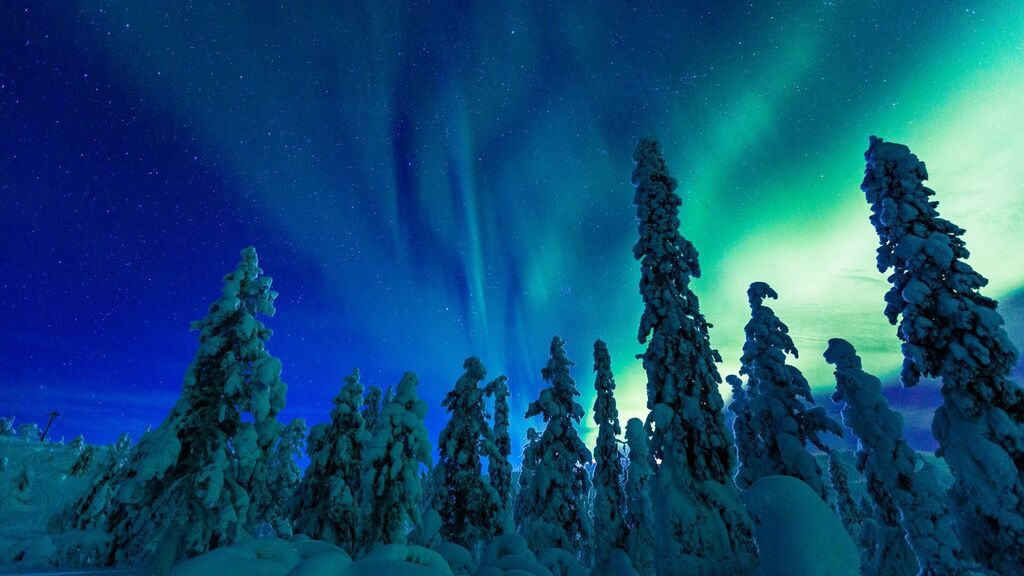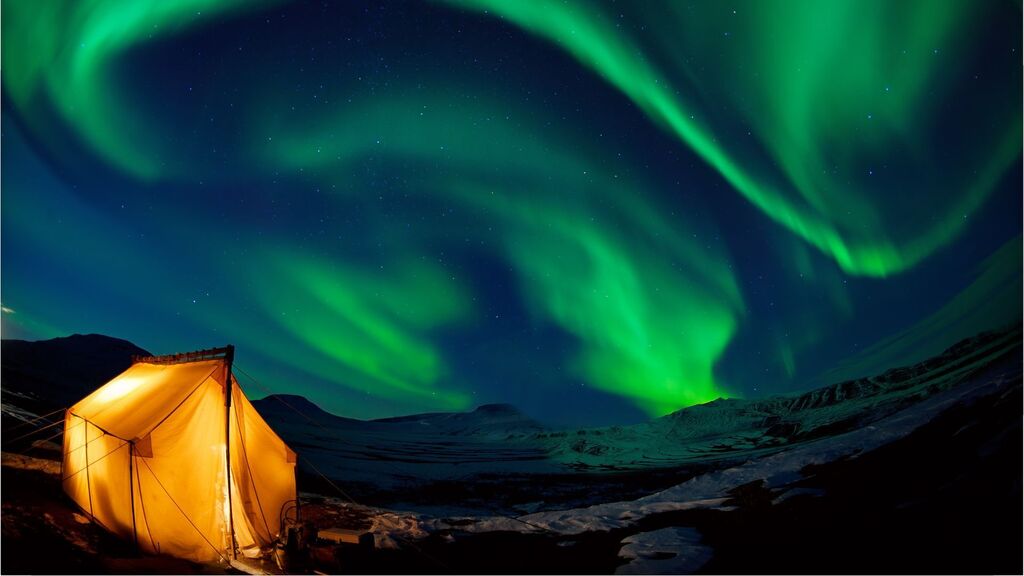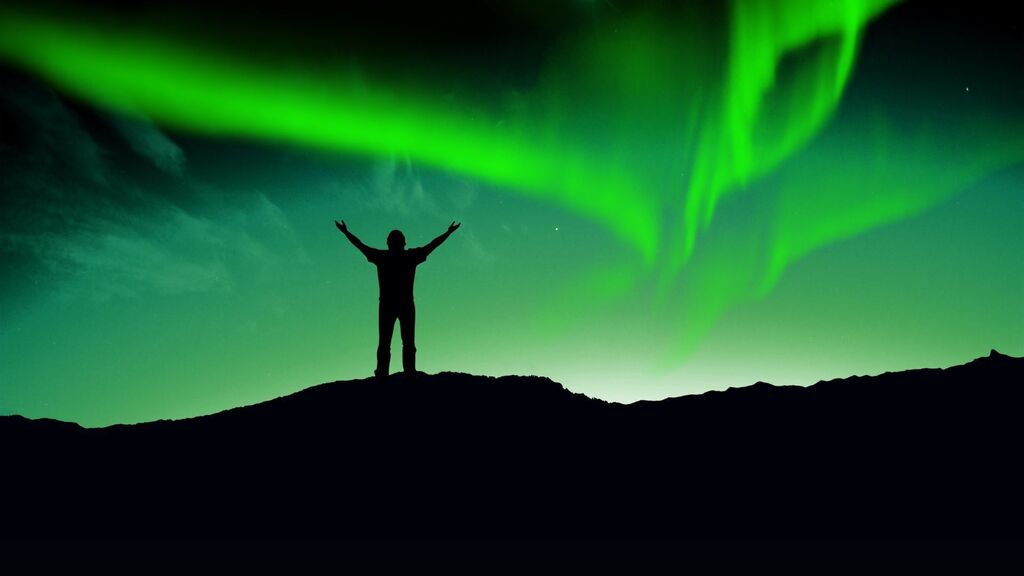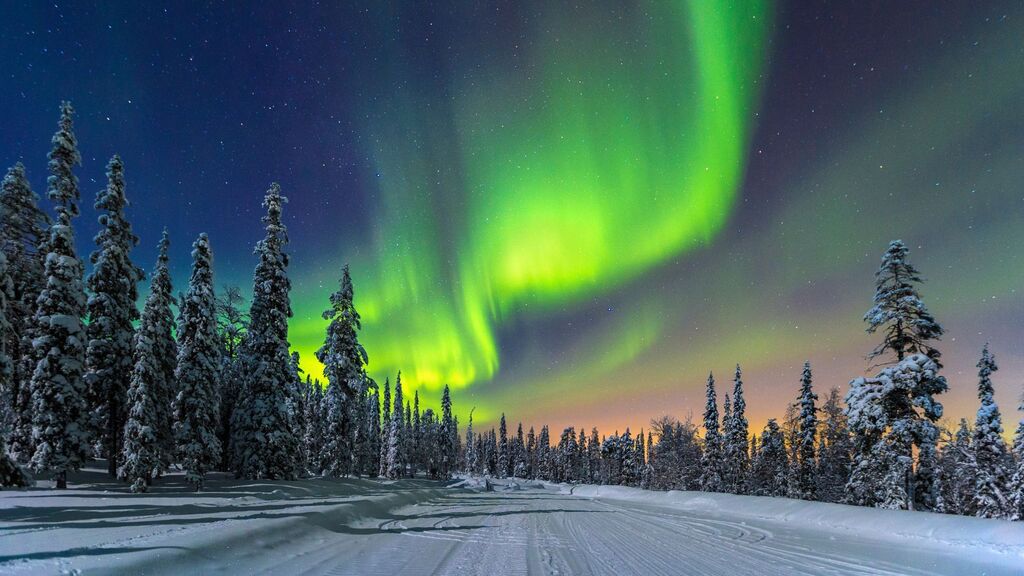2024 Is one of the BEST times to see the northern lights. In this post, we're diving into why 2024 is your best chance, in over a decade, to catch the breathtaking Northern Lights display. But that's not all – we're also revealing the top destinations to experience this celestial spectacle and the best times to plan your trip. Whether you're a seasoned aurora chaser or a first-time adventurer, you won't want to miss this! Also, if you're looking for a travel companion for your Northern Lights expedition, be sure to check out GAFFL.

The visibility of the Northern Lights is influenced by several factors, including the geographic location, weather conditions, and the time of year.
The solar cycle plays a significant role in the intensity and frequency of the Northern Lights. This cycle lasts approximately 11 years, during which solar activity fluctuates between solar maximum (peak activity) and solar minimum (low activity). Auroras are more frequent and intense around the solar maximum. We were moving towards a solar maximum, which was initially expected to peak around 2025, however according to experts, it’ll arrive sooner and last longer than previously expected, "which is a pretty significant change." The sun will reach the peak of its current activity cycle in 2024, one year earlier than previous estimates. according to experts at National Oceanic and Atmospheric Administration (NOAA) NOAA's Space Weather Prediction Center (SWPC).

During the solar maximum, the Sun emits more solar flares and coronal mass ejections, sending more charged particles towards Earth. This increased solar activity enhances the strength and frequency of the Northern Lights, making them more visible and vibrant, even at latitudes where they are less commonly seen.
Local weather and light pollution also significantly impact visibility. Clear, dark skies away from city lights are ideal for observing the Northern Lights.

To maximize your chances, consider planning your trip during the winter months when nights are longest, and keep an eye on solar activity forecasts and local weather conditions. While auroral displays are never guaranteed, traveling during these optimal conditions increases your likelihood of witnessing this natural phenomenon.
Geographically, the Northern Lights are most commonly seen in the "Auroral Zone," a band typically located 10° to 20° from the magnetic poles. This includes parts of Canada, Alaska, Norway, Sweden, Finland, and Iceland. Visiting these regions during the darker months of the year (September to April) increases your chances of witnessing the auroras, as long nights provide a dark sky necessary for the lights to be visible.

Here are some of the best locations for observing the Northern Lights in 2024:






